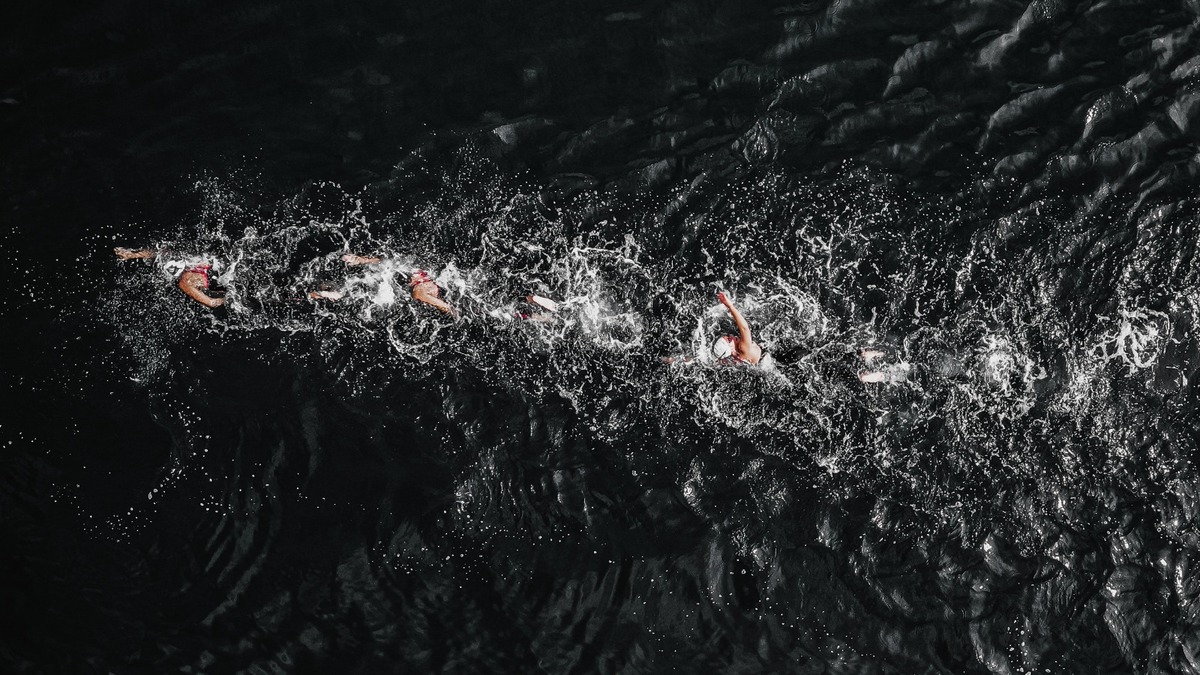Swimming blog - TRAINING and ENDURANCE How to train for longer swimming distances?
Do you fear swimming longer distances? Do you not feel prepared for swims longer than 500 meters? You are not alone. Many swimmers stay in the comfort zone of shorter distances because they do not know how to approach or train for longer distances. We take the mystery out of the long swim and give you 5 practical tips to build short distances into long distances. Here you will learn the crucial art of how to build up your training so that a long continuous swim is just another skill set in your ever-expanding repertoire.
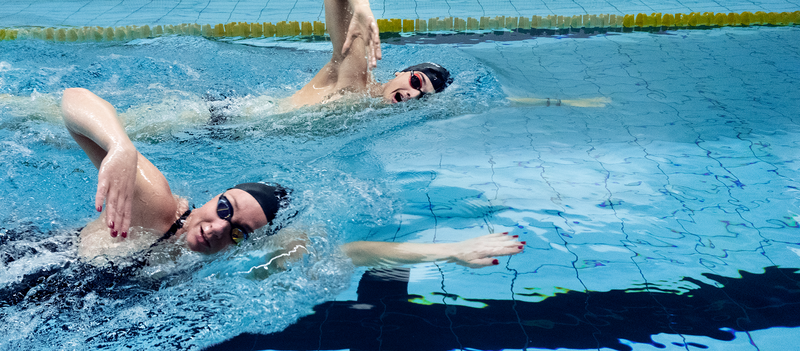
1. Start slow and steady
We see a lot of novice and intermediate swimmers start way too fast. If you go off all guns blazing, expect to have your endurance swim stopped pretty soon afterwards. The reason for this is the energy system you are using. For endurance we need to tap into the long slow burn. Go off too fast and all the fuel gets burnt up really quickly and the exhaust fumes can’t be expelled quick enough for the muscles to recover or sustain the effort.
When we say slow, we mean slow. An endurance swim should feel very easy the first 100 meters and if you are thinking, “Hey, this is way too easy!”, it is the right speed. This slow and steady start means that you use little of the fast burn energy that gets you going. Less exhaust fumes, easier breathing and allowing the long burn system to switch on and take over from the short burn one. Check out our Endurance collection for some inspiration.
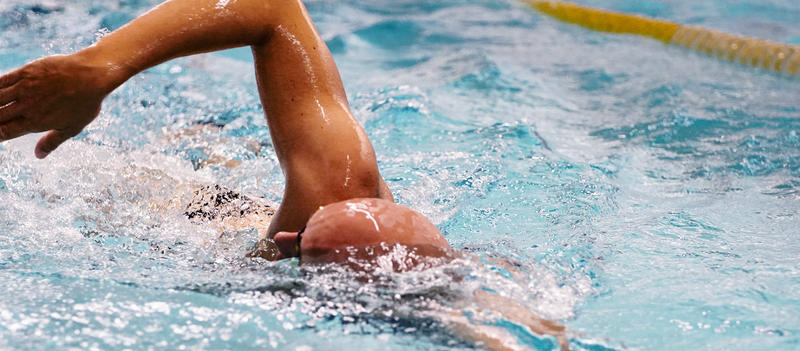
2. Swim at a constant pace
Learn to swim the same time per 100 meters. This is also called pacing. Pacing involves swimming a set distance with a set amount of repetitions with the goal of maintaining the same time per 100 meters in each repetition. For example, 10 x 100 meters at 1min50sec per 100 meters with 45 seconds rest in between each 100 meter. This may seem difficult because firstly, how do you know what speed is the “correct” speed for your endurance set and secondly how can you check if you are maintaining the same speed in every repetition? The correct speed for you at this moment is called the lactate threshold. It is measurable. But for our purposes here choose a time that seems swimmable. Not too fast and not too slow. You can check your speed by looking at the clock. This is a great way to learn pacing like a pro.
You will find that the pacing set above sounds easier than it is. The first 2-3 reps will be on target but then you start to slow down and find it difficult to hit the target time. Take the time you swim in the sixth repetition and use it for the target time the next time you swim the set. This is a great way to keep progressing and moving towards your lactate threshold.
NERD NOTE: Lactic acid is a myth and is not the bad boy in swimming. In fact, the sign of a good sprinter is the ability to produce a lot of lactate. The bad boy is the acid generated by the release of hydrogen atoms when there is insufficient oxygen to produce energy aerobically. This has nothing to do with lactate production but all to do with less oxygen available in the body. However, lactate production is a buffer marker for acid production and hence why the one has been synonymous with the other is sport for so long. Training at the lactate acid threshold will increase the ability of the body to deal with the build-up of acid more effectively, allowing you to swim faster for longer. Our aim of course.
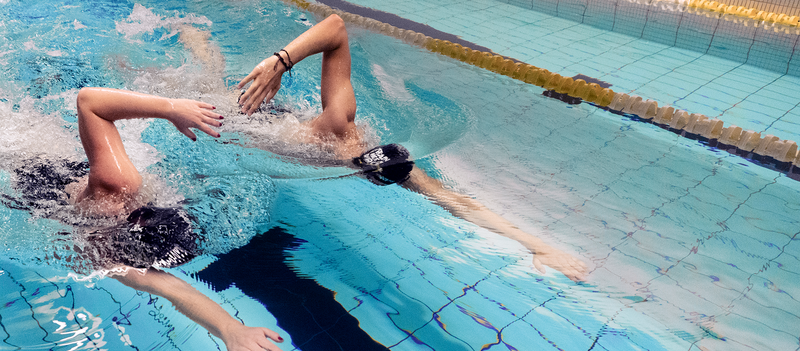
3. Increase the distance and lower the repetitions
After getting the hang of the above set, start swimming longer distances with less repetitions. This way you can swim the same distance, but with a different accent to it. Here you learn how to swim longer distances in one go. This is staple for any endurance swimmer. For example, change the 10 x 100 meters above into a 5 x 200 meters. It is exactly the same distance, but now the focus is on swimming longer without stopping. This of course can be expanded as you become fitter to 5 x 300, 5 x 400 etc.
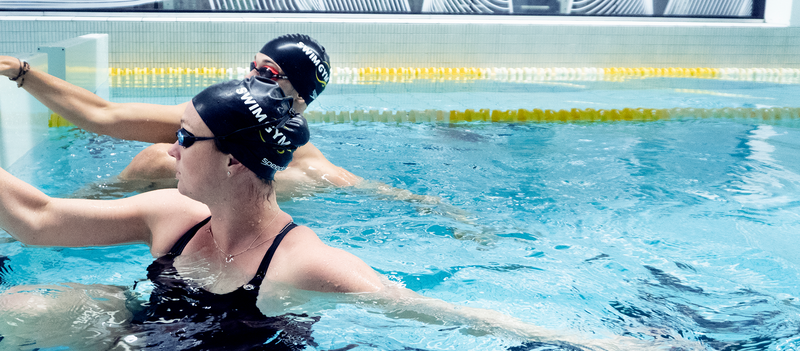
4. Reduce the rest interval
Once you have your pacing under control and you can swim longer distances in one go, then you can think of reducing your rest interval. Reducing the rest interval is a way of moving gradually towards a continuous swim - a swim without stopping. This is a great way to build fitness and endurance and get you ready for race day. Let’s face it, there are no rest intervals in a triathlon or endurance race.
Build the rest interval down from 45 seconds to 5 or 10 seconds.
Remember to keep the other variables constant.
Changing one of the variables makes it more or less intense. The trick is tweaking each variable slightly over the course of a 3-4-week period to get the best out of yourself and your training. Do this and see your swim sets become more enjoyable and more challenging.
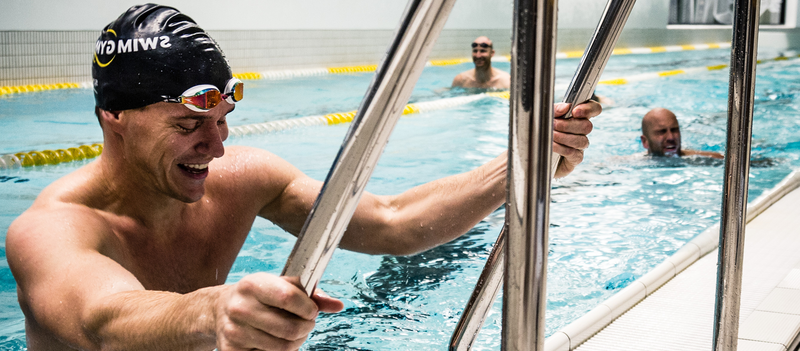
5. Strength and dryland training
Of course, there is no substitute for swimming to build up endurance. However, swim specific strength training or “dryland”, as it is known among swimmers, is a great way to recruit swim specific muscles more effectively. Dryland training will also increase the power in your muscles maintaining technique for longer. It pays off to spend one or two days a week in the gym doing swim specific dryland exercises. Our experts have put together tried and tested dryland workouts, so go on over there and pick out your favourite workout.
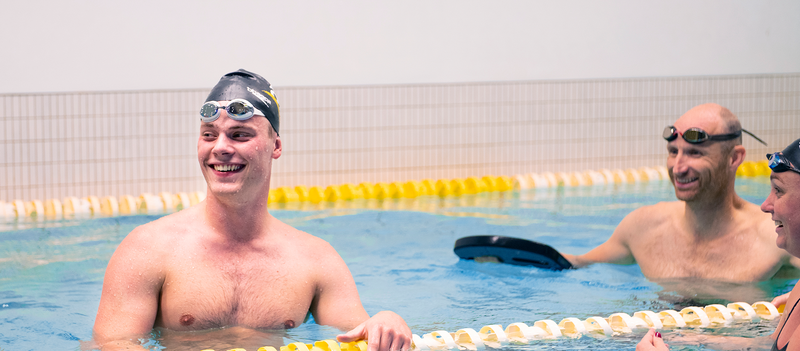
Want more guidance? Go to our Training Plans to follow a plan made by our coaches. Happy swimming all.
Written by Michael Stolt
